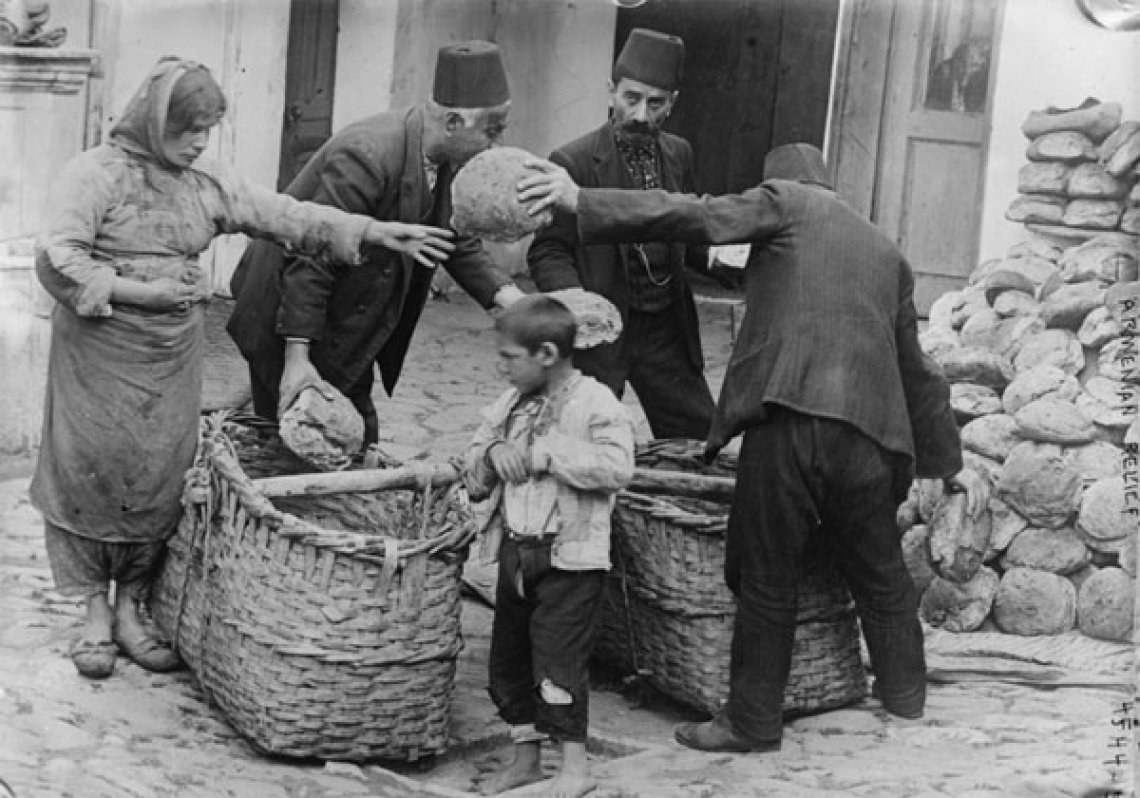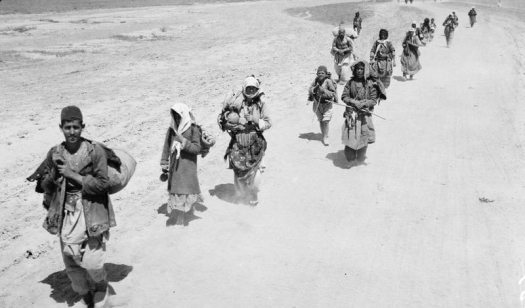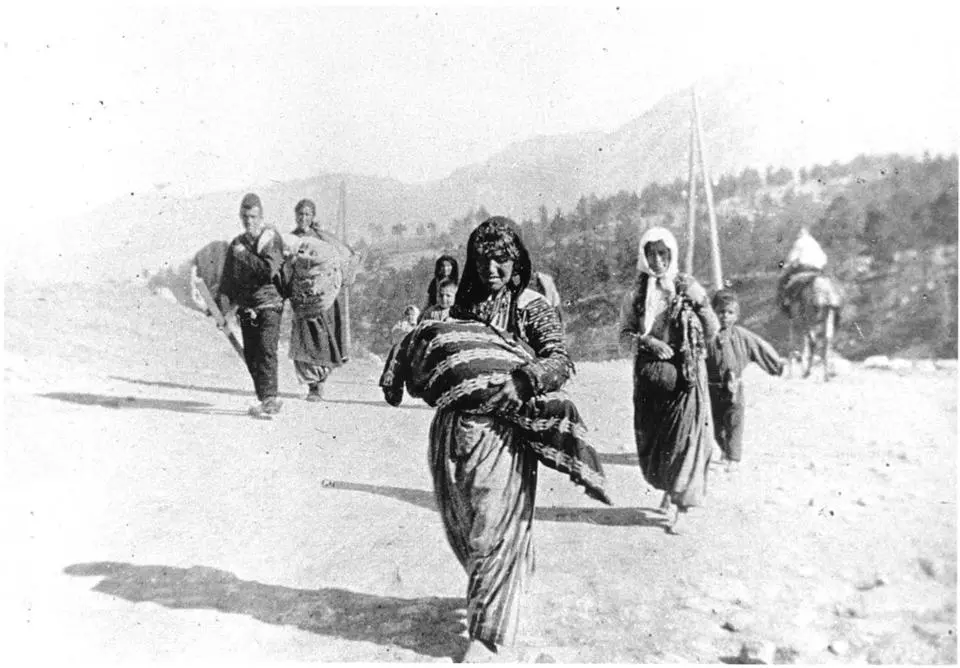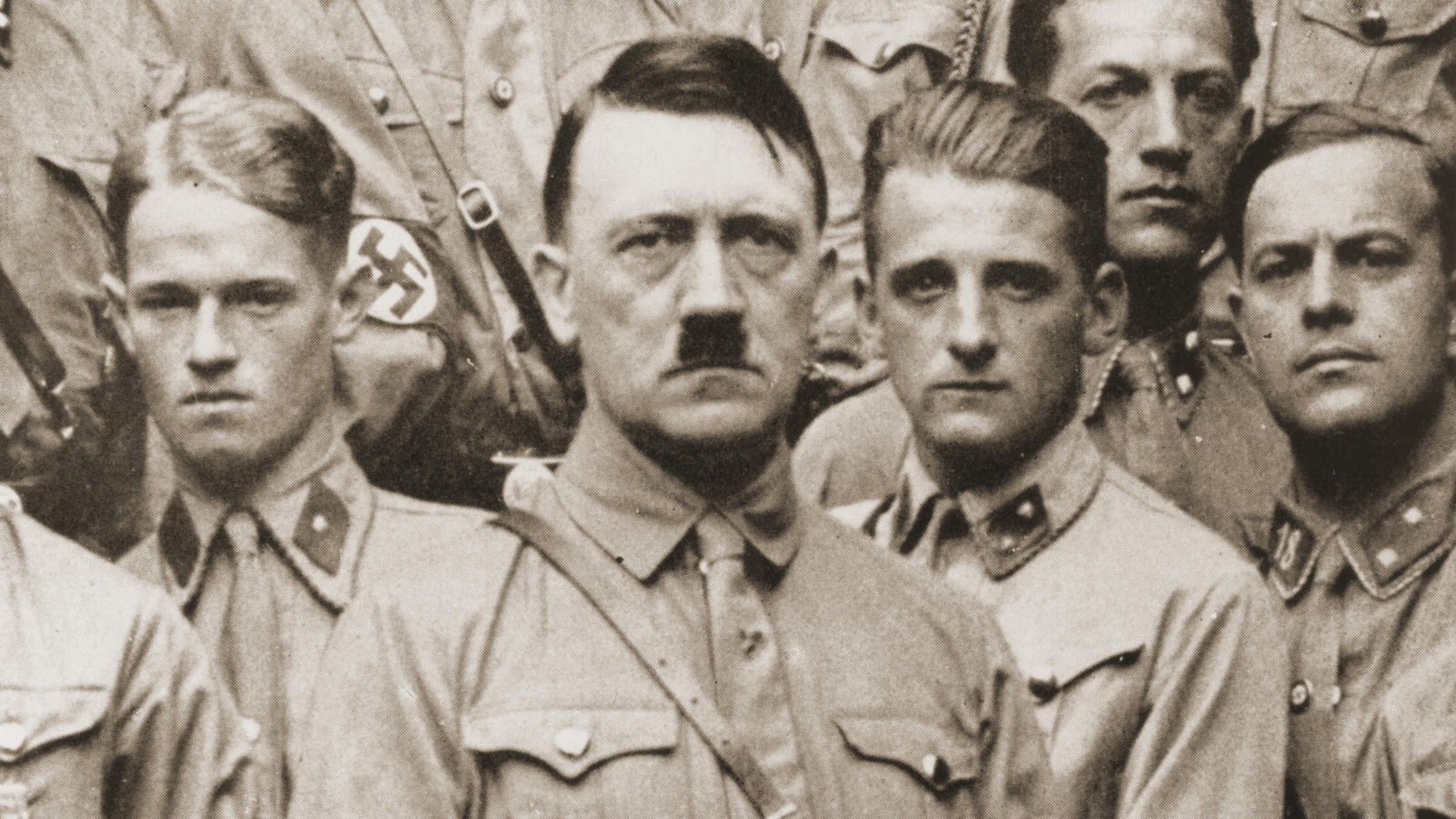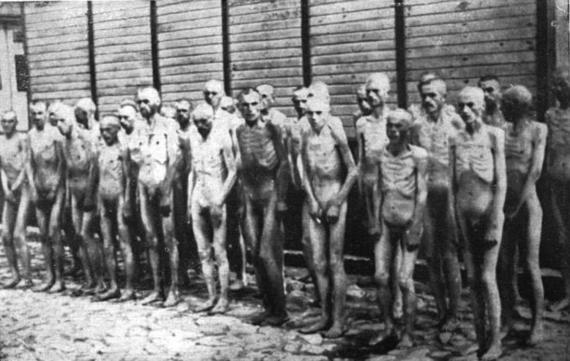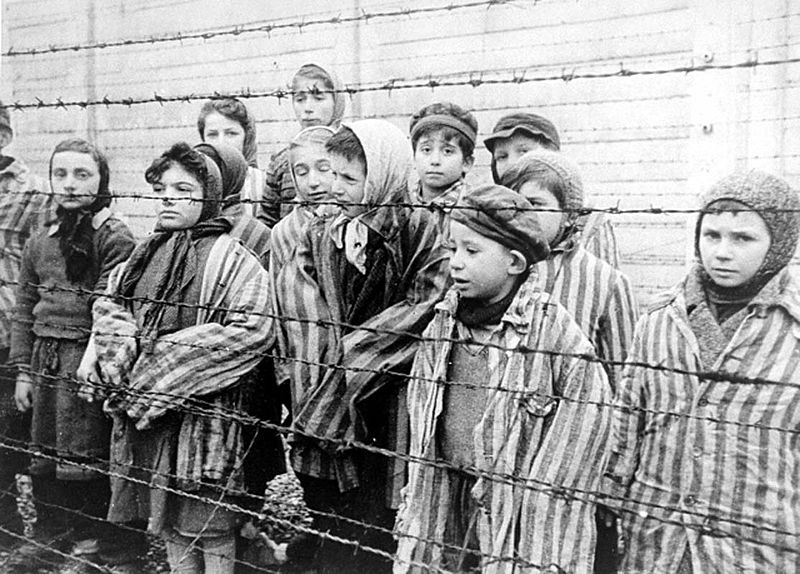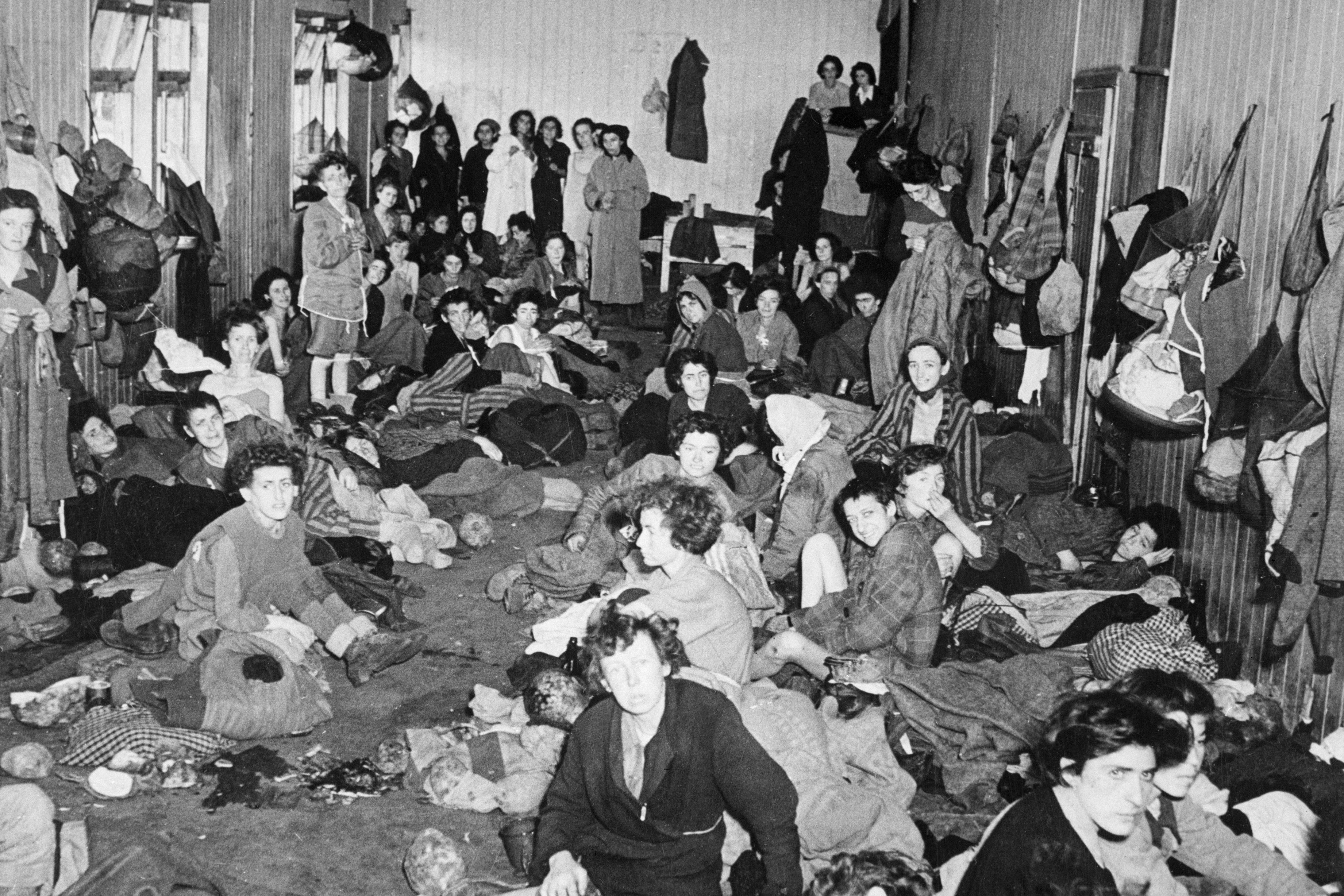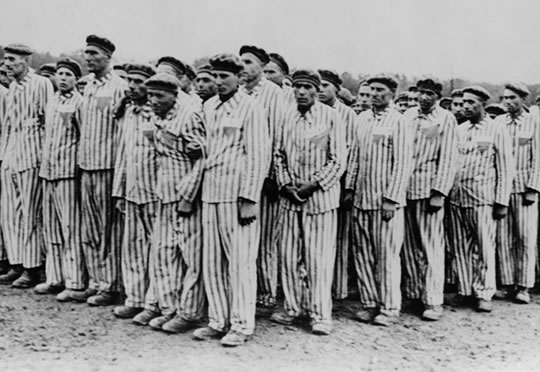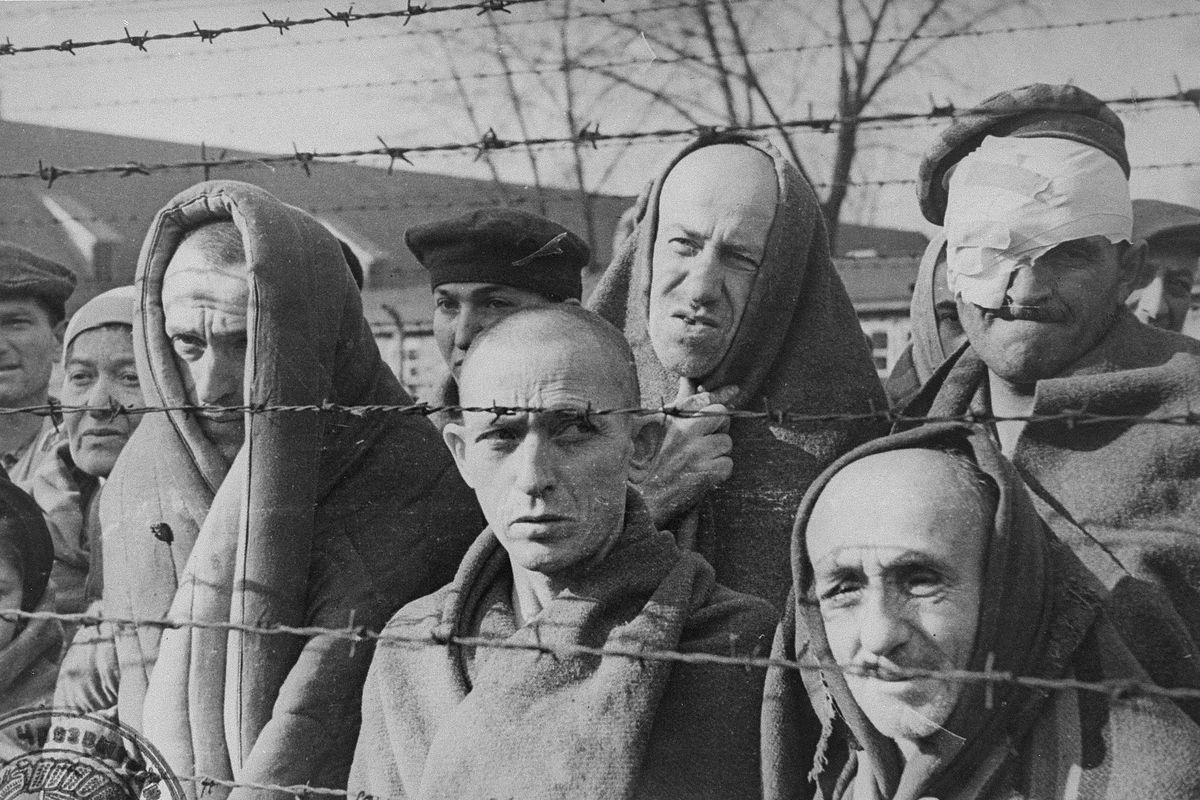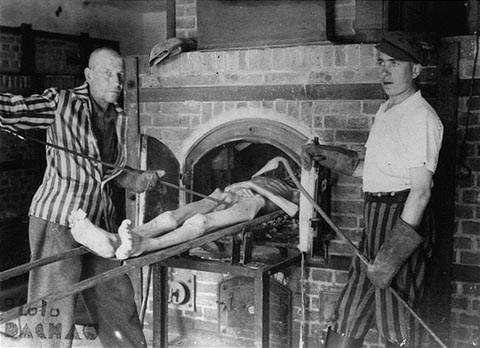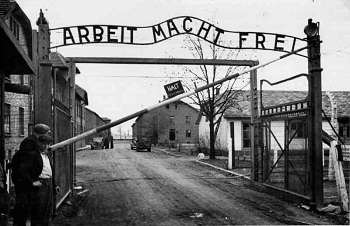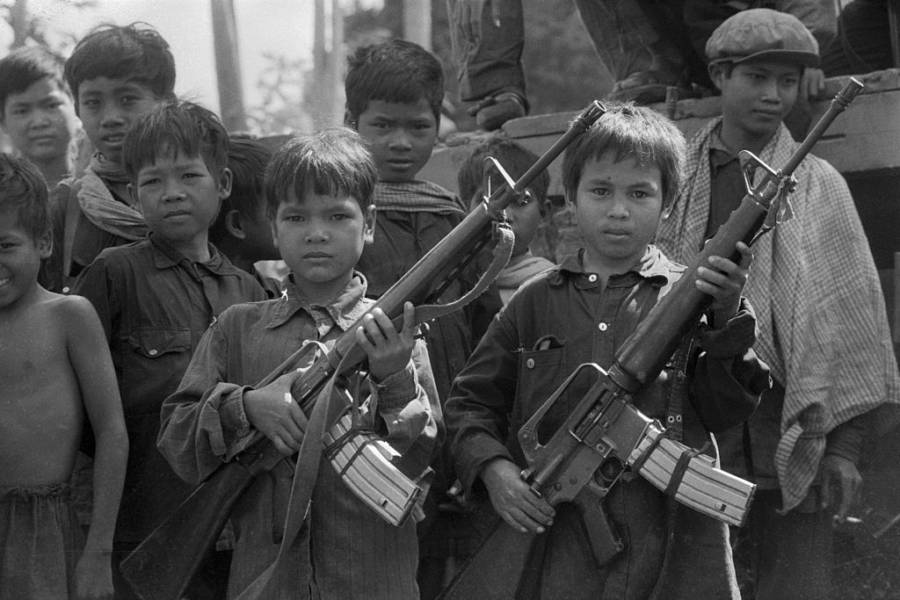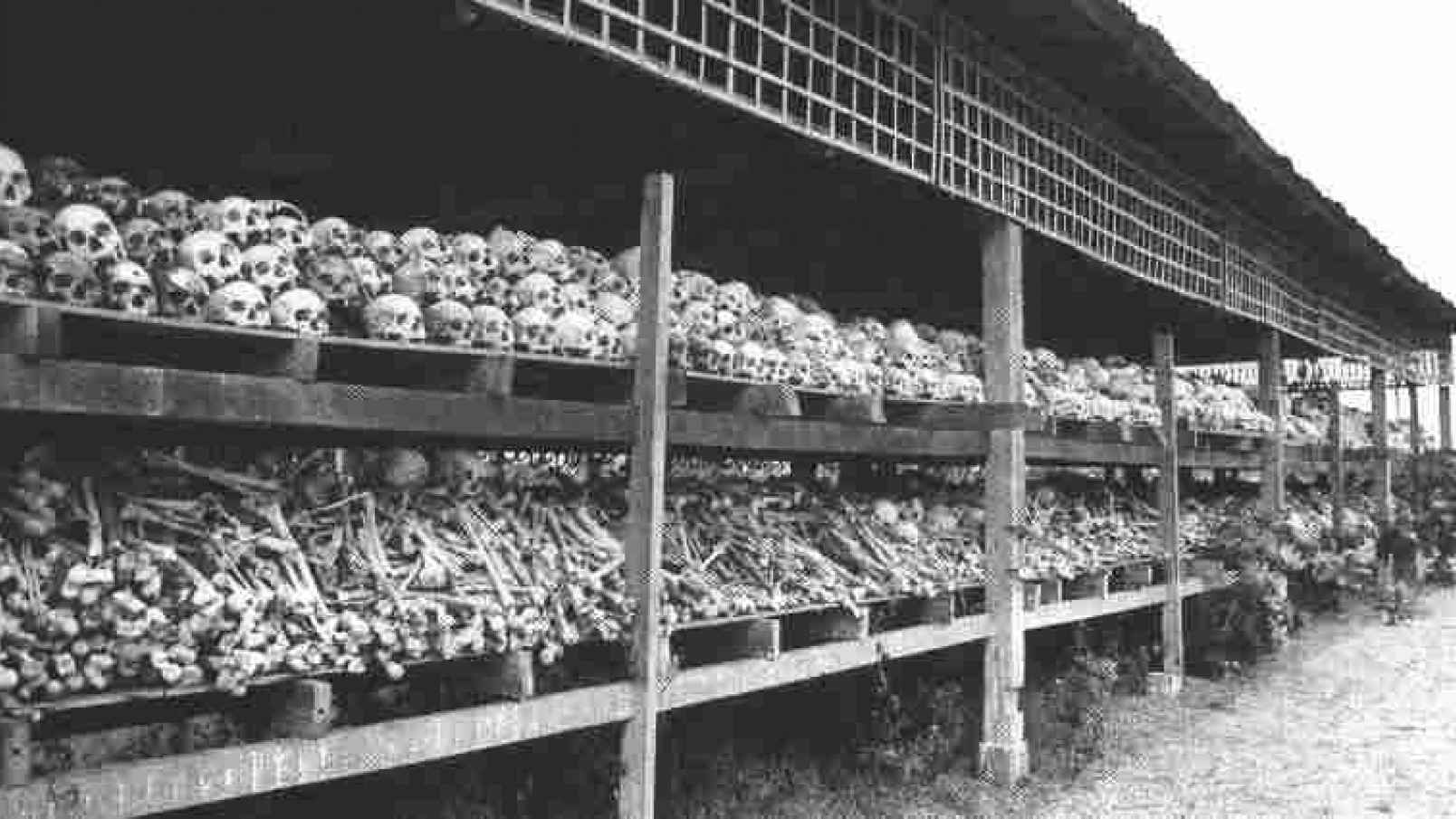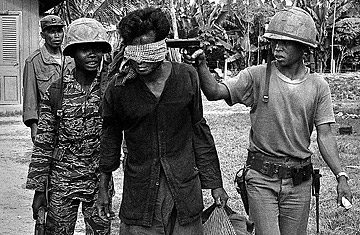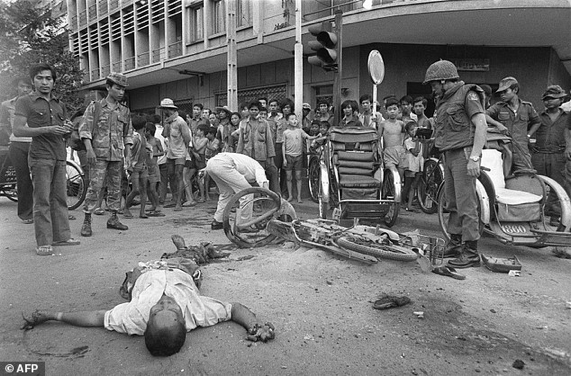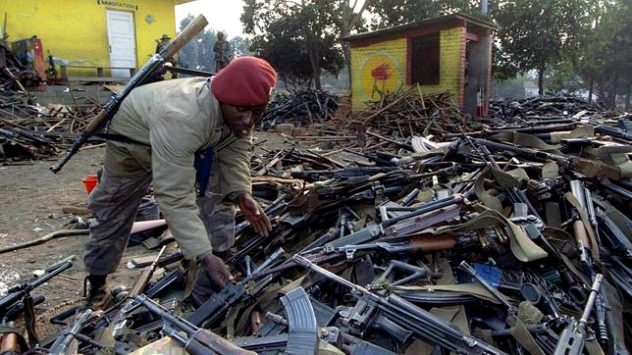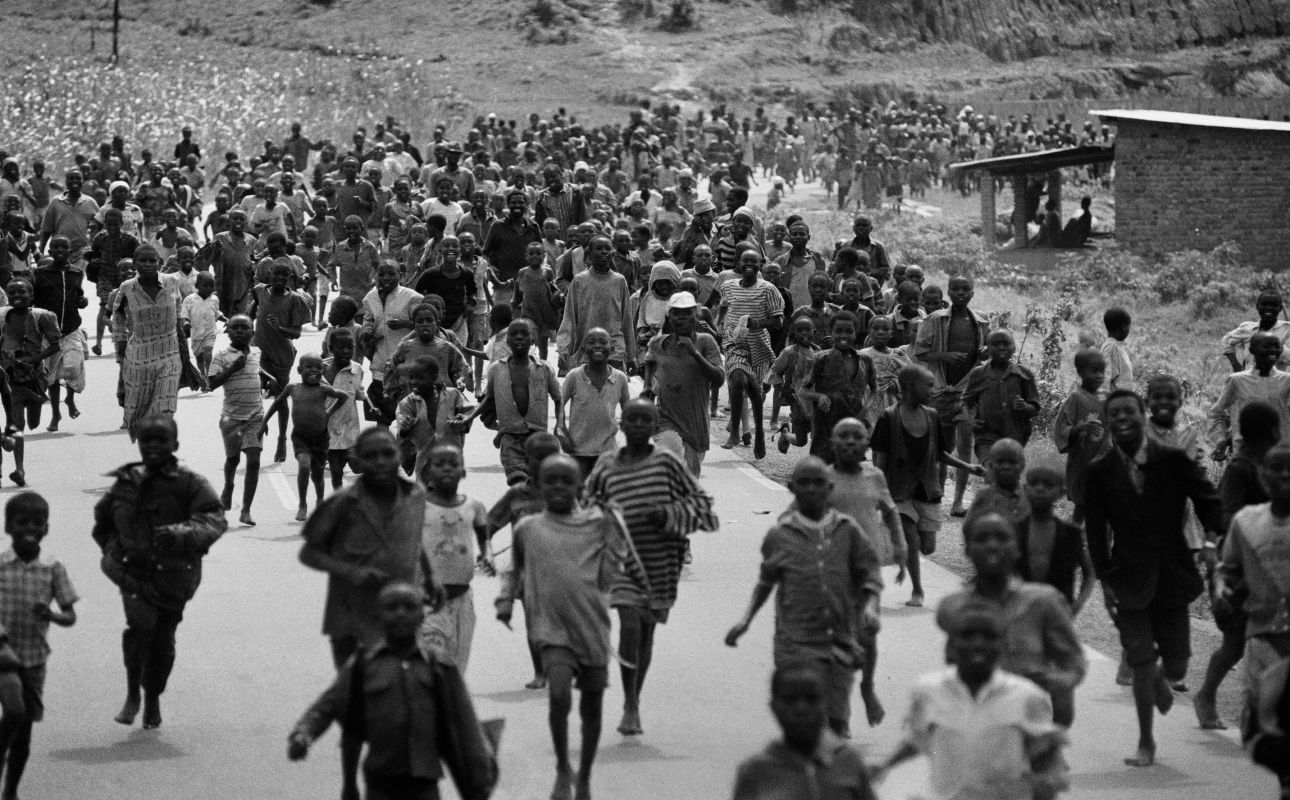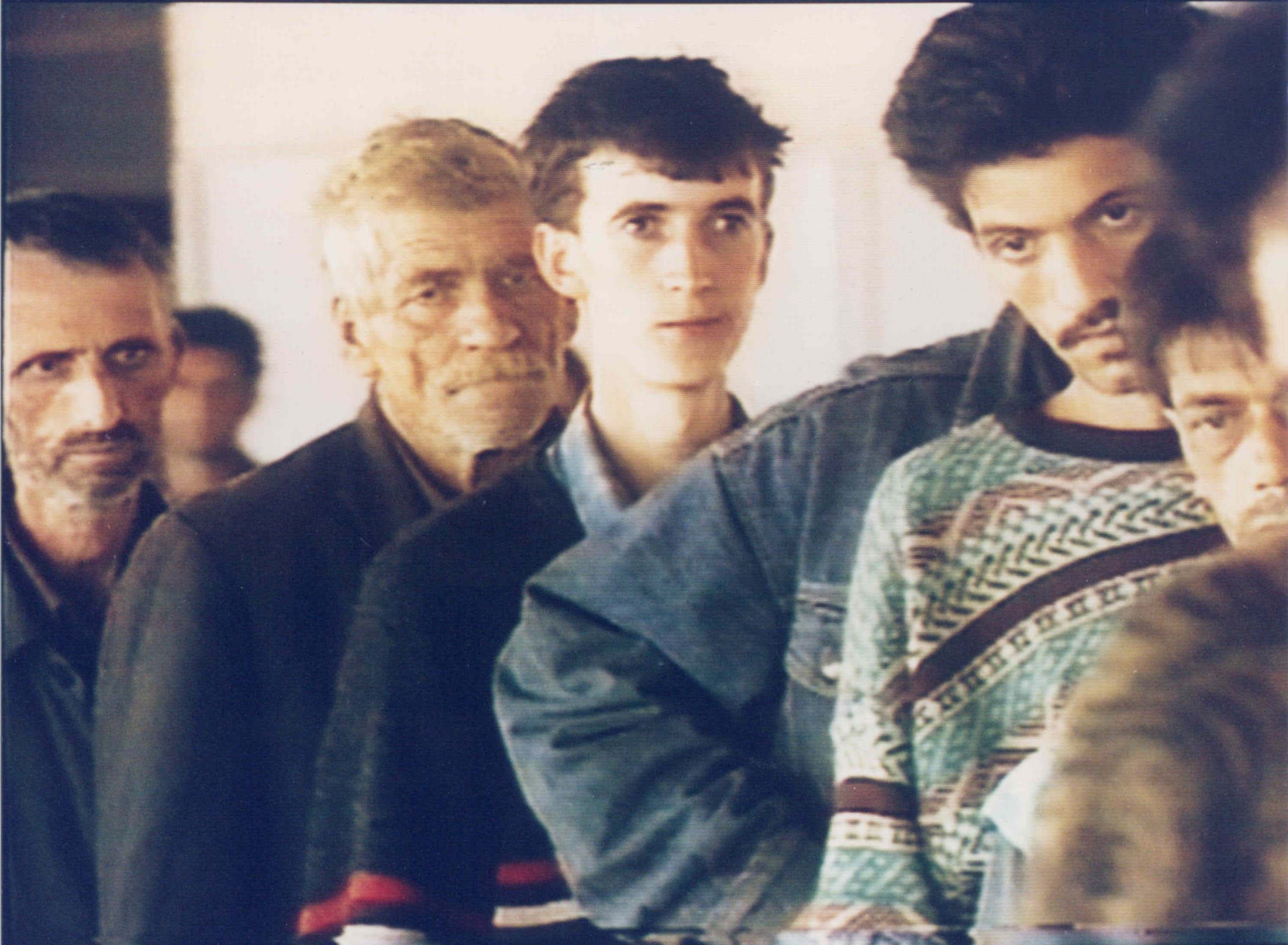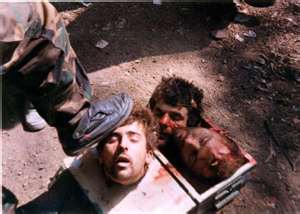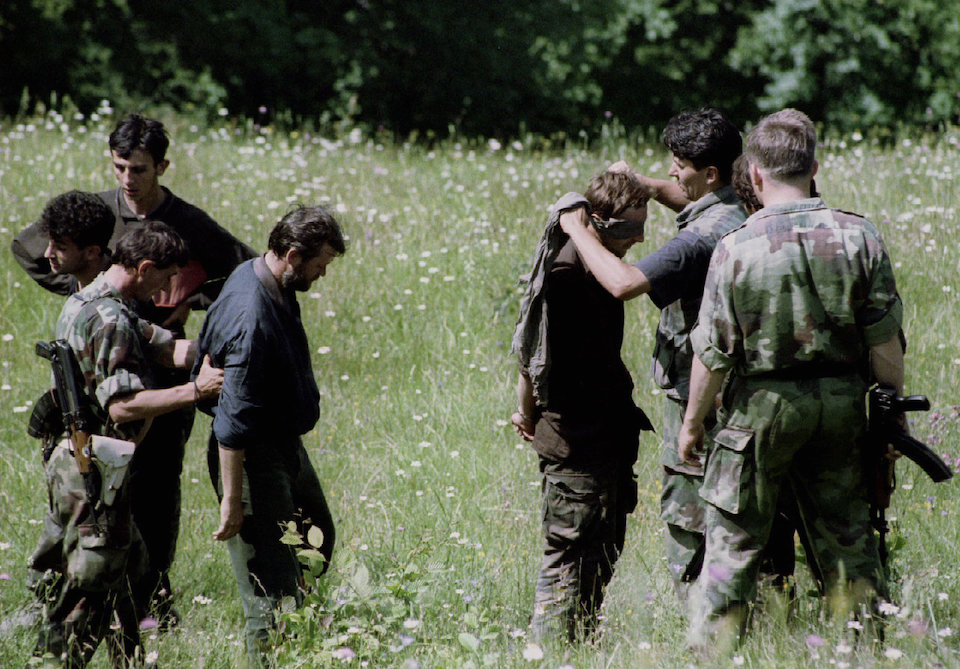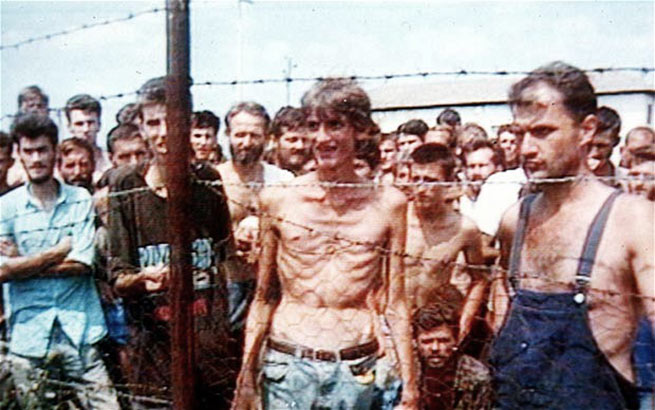1915 - 1917
MILLION ARMENIANS KILLED OR IN EXILE
As with most genocides, it all began from suspicion. A new political party, the Young Turks, in the Ottoman Empire, were rising to power by instilling fear and suspicion against the government and against their neighboring nation, Armenia. By accessing media and propoganda, the Young Turks were able to spread fear of Christianity and of wealthy, educated people, also known as Armenians.
After having overthrown the Sultan, the nationalist Young Turks were posed to "purify" the country by destroying all of the nation's threats. Behind the curtain of World War I, the Young Turks took to exterminating all non-ethnic Turks: primarily the Armenians.
Turks decimated the Armenian population with mass arrests and killings. Victims were taken to the desert and painfully killed by poison, gas chambers, drowning, or primitive weapons. Those who survived the torture were left in the desert to rot in the blistering heat.

